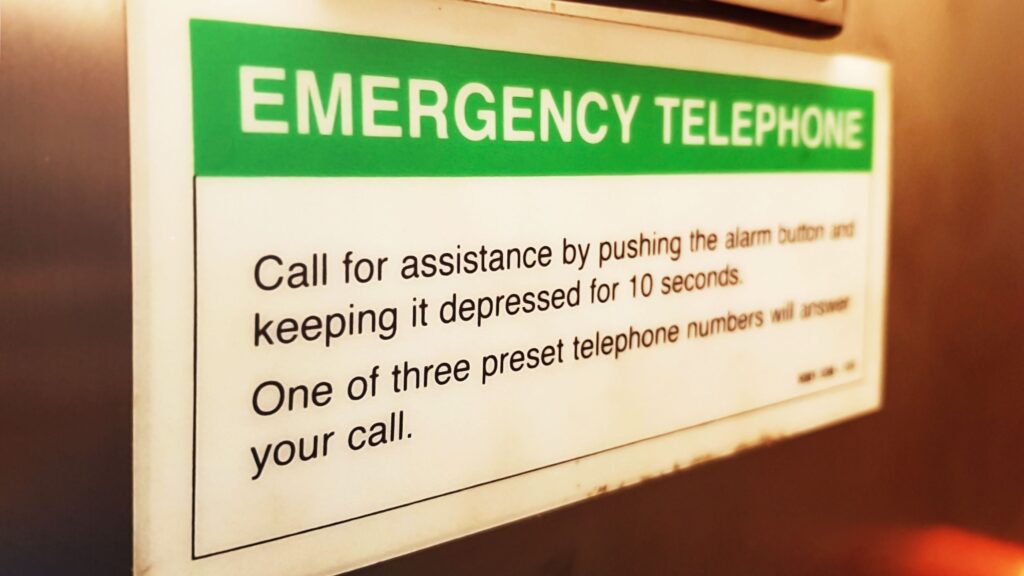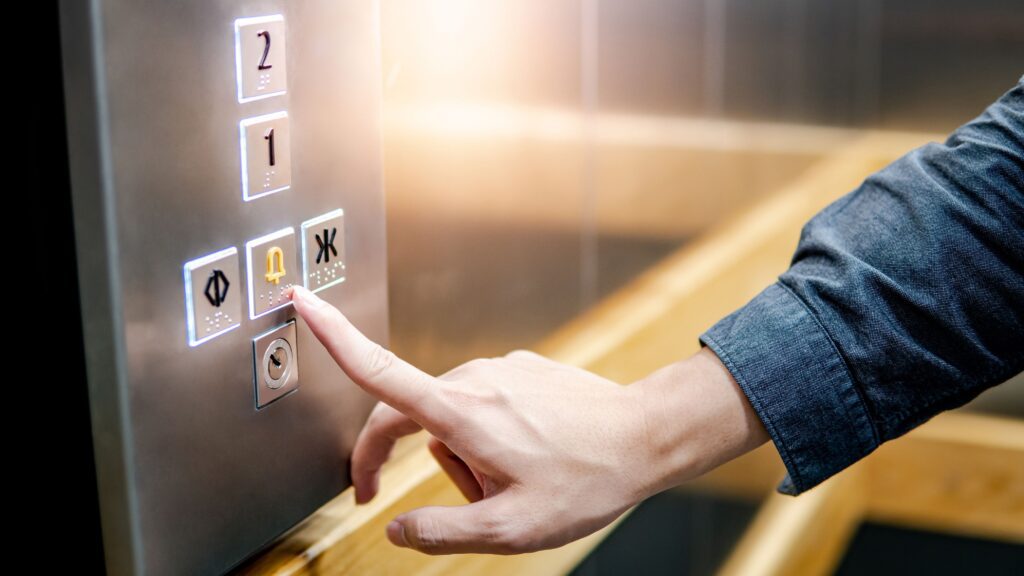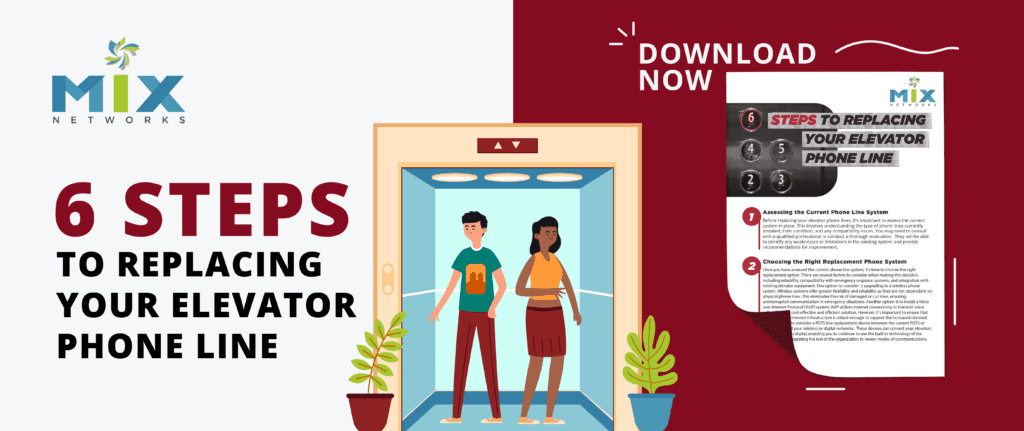According to the National Elevator Industry, there are over 1 Million elevators in the United States, and they all have one thing in common: Elevator code A17.1 requires all elevators in the U.S. to have a dedicated phone line.
The invention of the elevator and the telephone are intertwined, with the concept of the elevator patented in 1874 and the telephone in 1876. The first elevator was built in 1880, and in 1909, the first telephones were installed in 41 buildings in New York for emergency communications. An article in the American Telephone Journal from 1902 described the need as follows:
“In case of the derangement of any portion of the mechanism of a car, the operator has merely to touch a button, which rings an alarm in the engineer’s office in the basement and registers the number of the disabled car on a switchboard; telephonic communication is then at once established, and no time is lost in locating the fault in the elevating mechanism and making the necessary repairs.”
And this is the purpose still today of phones in elevators. A general overview of the ASME A17.1 code states:
- Emergency Communication: Elevators are required to have a means for passengers to communicate with a designated party in the event of an emergency. This ensures that if passengers are trapped or face a situation that requires assistance, they can call for help.
- 24/7 Availability: The communication system should be able to establish a connection with a designated party 24 hours a day, seven days a week.
- Location: The communication device, which can be a telephone or another type of two-way communication device, is typically placed inside the elevator cab, usually behind a panel or button labeled with a phone or call symbol.
- Hands-free Operation: In many jurisdictions, the communication system inside the elevator cab must be operable without the use of hands (hands-free). This ensures that even if a person is injured or cannot use their hands, they can still initiate a call for help.
- Backup Power: The emergency communication system must operate even if the primary power to the building or elevator is out. This often means that the system needs to have a battery backup or another type of uninterruptible power source.
- Audible and Visual Signals: When the communication system is activated, it should provide both an audible signal and a visual indication to the trapped passenger(s) that a call has been established.
- Testing and Maintenance: Regular testing of the communication system is required to ensure it’s functioning as intended.
This is in no way a comprehensive list of the requirements of the ASME A17.1 and you need to check your own local code to ensure you are in compliance.
The Answer is Both Yes and No
So, to answer the question – does an elevator require a dedicated phone line? Yes, however an elevator does not necessarily require a dedicated copper phone line. While traditional elevator emergency phones were connected to dedicated copper phone lines, technological advancements have allowed for alternative solutions. Elevators can now utilize the following:
- Cellular phone lines: These wireless connections don’t rely on traditional copper phone lines. Cellular connections benefit from continuing to work even if traditional phone lines are cut or fail.
- Voice over Internet Protocol (VoIP): This system uses the Internet to transmit voice calls. While VoIP can be cost-effective, ensuring the building’s internet infrastructure is robust and reliable, especially in emergencies, is essential.
- POTS line replacement devices can bridge traditional analog lines and newer digital or wireless networks.
While these alternative solutions exist, local regulations and safety standards may dictate specific requirements for elevator phone systems. It’s essential to consult with local authorities or professionals familiar with these regulations when setting up or altering an elevator phone system.
Emergency Communications is Required – But There are Several Ways to Accomplish This
The essence of safety and communication in elevators has remained steadfast from the early 20th century to the present, with technological innovations merely refining the methods. The crucial role of the elevator telephone – whether through traditional copper lines, cellular connections, or VoIP – is a testament to the enduring commitment to ensuring passenger safety during unforeseen circumstances. While the ASME A17.1 provides a comprehensive guideline, the actual adoption of specific technologies should be cognizant of local regulations. The takeaway? Regardless of the technological advancement, the heart of the matter remains the same: elevators need a reliable communication system that stands the test of time and crisis, keeping passengers safe and connected in emergencies.
Keep Reading:










One thought on “Does an Elevator Require a Dedicated Phone Line?”
We have a phone in the elevator that the elevator company says needs to be replaced. The cost is $2,300.00 We have a contract with this elevator co, so they maintain it. Will the State of WI. allow this kind of phone?